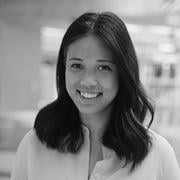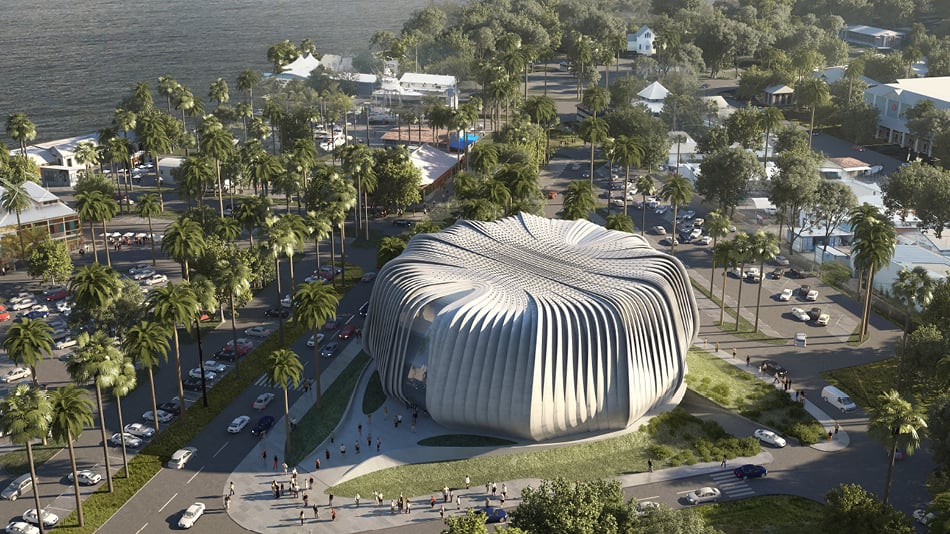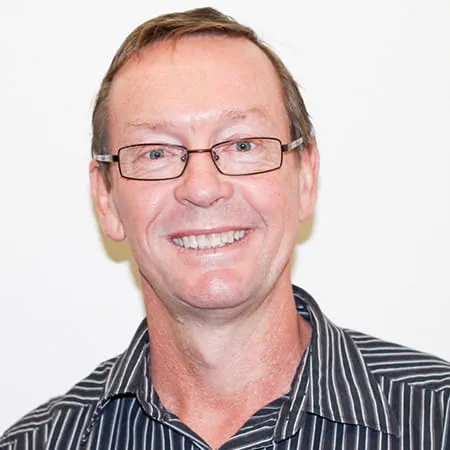 Trish Sunga
Australasia Press Office,Sydney
Trish Sunga
Australasia Press Office,Sydney
The release of images and information today about the world’s first coral biobank – a ‘living coral ark’ – show Arup’s significant sustainability and engineering contributions to the unique conservation facility.
Helping to secure the future and biodiversity of coral species under severe threat from climate change has been a passion project for Arup specialists in Australia and overseas, with the team working gratis.
The dedicated research and education centre will be in Port Douglas in North Queensland, the gateway to the Great Barrier Reef. Designed by Australian architects Contreras Earl Architecture with Arup and Werner Sobek for the Great Barrier Reef Legacy, its primary goal is to keep alive and nurture more than 800 species of hard corals.




